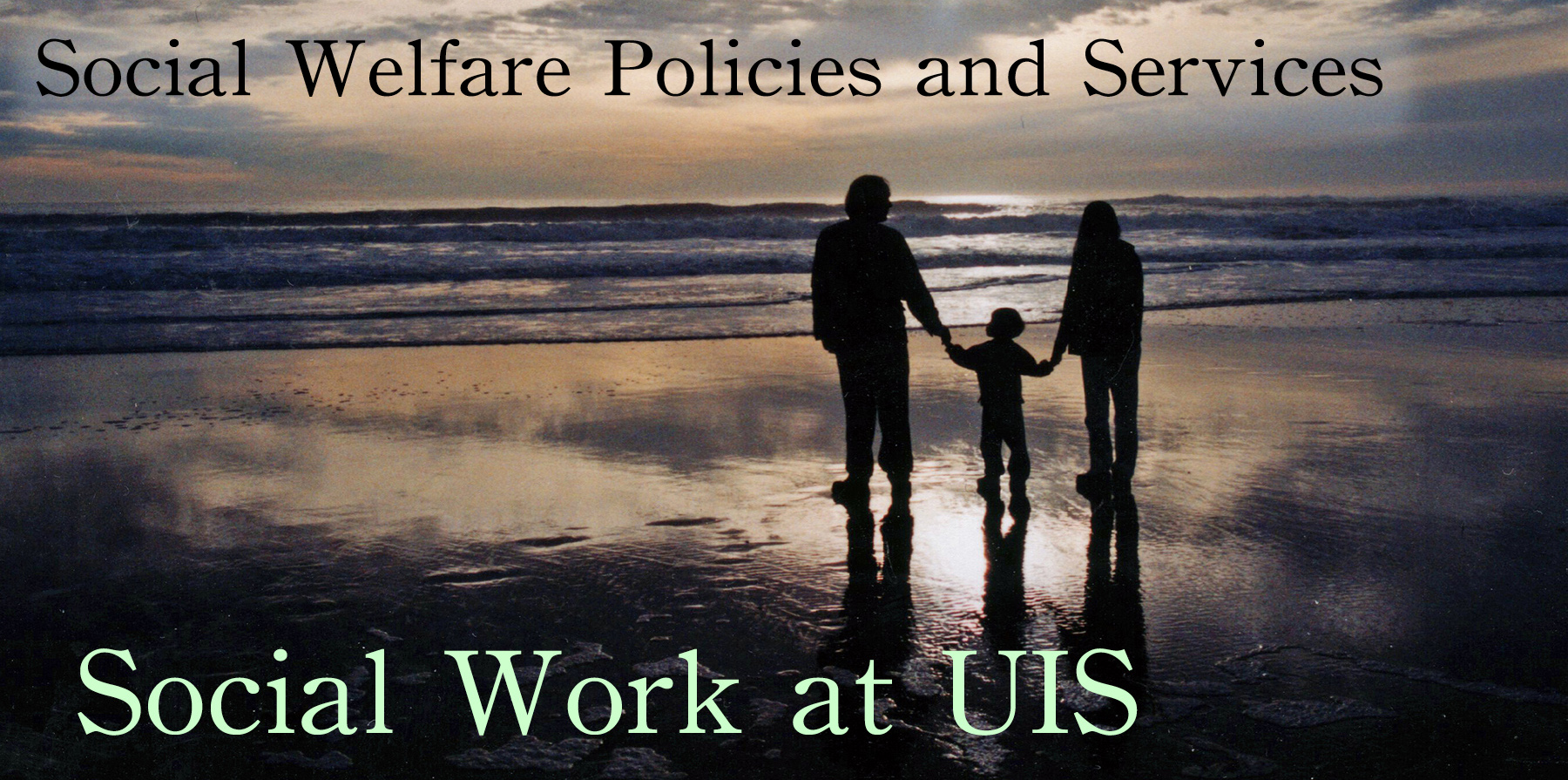Class session lasts from February 16 at 6:00 p.m. to February 23 at 5:59pm, but the discussion boards will not be graded until after March 2nd.
This page describes what you should do in this fifth session.
What must you read this week?
First Reading Assignment, Poverty and Income Report:
Read some of the most recent Census Bureau report on poverty and income, and health insurance (it is released every September). The direct link to the 2021 report (for incomes reported for 2020) is a PDF here. You can find other poverty reports and analysis from the Census Bureau here. Spend about 25 minutes on this.
As you look at these reports, find the answers to the following:
What was the overall poverty rate for Americans in 2020, and how did that compare to recent years?
What was the median income for American households in 2020? How did that compare to recent years?
What are the “Real Median Household Incomes” for White non-Hispanic households, Hispanic (any race) households, and Black households?
What was the “money income Gini Index” in 2020, and how does that compare to historical Gini indices or international Gini indices? (sometimes a figure like 0.484 would be reported as 48.4; either way is correct) The World Bank, the Census Bureau, and the OECD all give different estimates for Gini indices.
What was the “Equivalence-Adjusted income” Gini index in 2020? (see Figure 3 on page 8)
What was the poverty rate for American children?
What was the poverty rate for elderly Americans?
What was the poverty rate for non-Hispanic European-Americans, for Black Americans, for Hispanic Americans?
What percentage of Americans did not have health insurance at any point in 2020, and how many people was that?
What have been the trends in persons not having health insurance in recent years?
Second Reading Assignment, Minimum Wages:
I want you to put about 45 minutes of your time into exploring minimum wages. I want you to listen to about 20-25 minutes from the podcasts I recommend, and then use your remaining time to read some of the editorials, news articles, or peer-reviewed scholarly economics articles I reference below.
The recommended podcasts (choose some to listen to, for about 20-25 minutes, but you are welcome to listen to more of them):
Minimum Wage Hikes Fuel Higher Pay Growth For Those At The Bottom (January 9, 2020) 3 minutes
Does Raising The Minimum Wage Kill Jobs? (March 6, 2014) 4 minutes
'Gives Me Hope': How Low-Paid Workers Rose Up Against Stagnant Wages (February 26, 2020) 6 minutes
The Real Minimum Wage (May 16, 2019) 9 minutes
Planet Money Episode 562: A Mall Divided (April 6, 2016) 13 minutes
Planet Money Episode 510: The Birth of the Minimum Wage (February 11, 2015) 16 minutes
A debate about abolishing the minimum wage from Intelligence Squared. (1 hour 27 minutes, but you can read the transcript [pdf] much more quickly)
The minimum wage controversy. Does raising the minimum wage mean that employers raise prices to cover the higher costs of labor, and hire fewer low-skilled low-paid workers? Theoretically, this should happen, but the increases in wages should stimulate greater demand from consumers. What is the empirical evidence concerning the results when we raise the minimum wage? Here is where you can find evidence:
Isabel V. Sawhill’s Americans Need More Than a Minimum Wage Hike from February 25, 2014, a Brookings Institute op-ed. (Dr. Sawhill shows up at policy conferences, and she is a fun woman to meet.)
The one-page editorial by Mike Konczal and Bryce Covert in the October 27, 2014 “The Nation” entitled “Does the Minimum Wage Kill Jobs?” (full text available, look for it in Academic Search Complete, which is another name for EBSCOhost). If you read that, you might get a laugh by reading a paper attacking Konczal and Covert from a free market fundamentalist named Per Bylund “Economic Illiteracy is Alive and Well”. Don’t worry about Bylund; he doesn’t know what he is talking about. The best evidence for job loss is summarized by Neumark (The Effects of Minimum Wages on Employment, December 21, 2015 FRBSF Economic Letter) - You can find this with EBSCOhost. Studies that look at over-all jobs frequently find that the overall economic benefits (more spending power for low-wage workers that didn’t lose their jobs) spurs higher demand, and more hiring, so that the loss of jobs in low-wage or low-skilled occupations (which is real, but small) is offset by additional hiring in higher-wage occupations. See König and Möller (2009) Impacts of minimum wages: a microdata analysis for the German construction sector. See also Zavodny (1998) Why Minimum Wage Hikes May Not Reduce Employment. See also Slonimczyk & Scott (2012) Employment and Distribution Effects of the Minimum Wage. See also Lehmann (2006) Minimum Wage Rates and Employment of Individuals with Disabilities. See also Wang & Gunderson (2012) Minimum wage effects on employment and wages: dif-in-dif estimates from eastern China (“minimum wages in China do have an adverse employment effect but the effect is statistically insignificant and quantitatively inconsequential. The adverse employment effects are generally larger in the more market-driven sectors, in the low-wage sector of retail and wholesale trade and restaurants, and for women; however even these effects are extremely small.”). See also Kalenkoski & Lacolmbe (2013) Minimum wages and teen employment: A spatial panel approach (they find that if minimum wages rise 10%, say from $8.00 to $8.80 per hour, teen employment declines by 2.1%.)
The 2008 paper by Sara Lemos “A Survey of the Effects of the Minimum Wage on Prices” is perhaps the best paper I can recommend. You can find this in the Wiley Online Library database, available from the UIS library. She (Sara Lemos) found that studies usually show a trivial price increase, or no price increase, the costs of these slight price increases are not of the same magnitude of the benefits from the higher wages for low-wage workers. This is a good review of the literature.
More recently, a 2019 report and follow-up study by the Congressional Budget Office (The Effects on Employment and Family Income of Increasing the Federal Minimum Wage) and (How Increasing the Federal Minimum Wage Could Affect Employment and Family Income) suggests increases in the federal minimum wage would increase wages and decrease poverty among families and households at the lower end of the income distribution, but would decrease jobs available to new (young) and unskilled workers. There would be decreases in income among the wealthiest households (instead of taking so much profit from the labor of their low-paid employees, they would see reductions in the profits), and the decreases in incomes among the wealthiest families would create a net decrease in real family income (aggregated across all families).
There are also some relevant recent articles, which explore the influences from the minimum wage:
When does a minimum wage become too high? by Greg Rosalsky. April 23, 2019. Planet Money (NPR)
Raising The Minimum Wage By $1 May Prevent Thousands Of Suicides, Study Shows. by Graison Dangor. January 8, 2020. Shots (NPR)
$15 Minimum Wage Would Boost 17 Million Workers, Cut 1.3 Million Jobs, CBO Says. by Alina Selyukh. July 8, 2019. NPR
Third Reading Assignment, Unemployment and Job Security / Job Training:
I want you to spend about 40 minutes reading about unemployment and what we do about it in our society.
There are three things everyone should read, and they are all very short readings.
First, read the Unemployment Insurance Fact Sheet [pdf] from the Department of Labor.
Second, read the most recent Bureau of Labor Statistics Report on the Employment Situation. Just read the Employment Situation Summary (here is one from September 4, 2020)
As you read this report, take down notes and collect these 12 indicators:
What is the unemployment rate? What is the unemployment rate for adult men, teenagers, Blacks, and Hispanics?
How many persons are unemployed?
What is the total labor force participation rate?
How many persons have full-time jobs and how many have part-time jobs?
How many persons are employed part-time for economic reasons (involuntary part-time workers)?
How many persons are not in the labor force, but do want a job?
What are the most recent average hourly earnings for all employees (on private nonfarm payrolls?)
Third, read the Unemployment Insurance Data page and a recent Unemployment Insurance Weekly Claims report (here is one from September 24, 2020)
As you look at the data page and consul the UI weekly claims report, collect these four indicators:
Recently, how many persons
were claiming benefits in all programs (unemployment programs)? Just know this to the nearest 100,000 benefits claimed.
What is the average weekly benefit for persons in the regular program (of Unemployment Insurance)?
Multiply the average weekly benefit by the total of persons claiming benefits in all programs to get an idea of how much money is going out to unemployed persons. each week.
How much money was pumped into the Illinois economy as benefits paid to unemployed persons in Illinois in a recent month? (look at the Monthly Program and Financial Data).
If you have read the three sources of information given above in less than 40 minutes, you can use the rest of your time to examine any of the following resources that seems interesting to you:
1) Illinois Unemployment Benefits and Eligibility
2) Getting Back to Work: A Guide for Employers and Employees Frequently Asked Questions about Unemployment Insurance (UI) as the Economy Reopens.
3) Explore the Career One Stop website.
4) Explore the Employment and Training Administration website.
5) See what you can find at the Illinois Department of Employment Security.
Fourth Reading Assignment, Inequality and Unfairness:
Spend about 30 minutes reading this chapter on the American hatred of paupers [pdf].
It is chapter 5 from
Jeffrey D. Jones’ The Unaffordable Nation: Searching for a Decent Life in America (2007).
If you like it, there is also chapter four (The Billionaire and the Destitute Man: Unaffordability as a Political Problem), and chapter 8 (The Covenant on Affordability). Also, the Conclusion (Labor as an American Institution). I do not expect you to read these additional chapters; you are only expected to spend about 30 minutes reading chapter four. But, they are available to you in case you are interested.
Total reading and listening time: 2 hours and 20 minutes
What must you watch this week?
There are no documentaries or films or anything like that for you to watch in the fifth session of the class.
I do highly recommend the 2013 film featuring former Secretary of Labor (and current Berkeley professor) Robert Reich Inequality for All.
Shorter and more recent versions of Reich’s message include his answer to Praeger U (a 12 minute video about wealth inequality), and this discussion of lies about inequality.
What are the discussion questions this week?
Discussion Question 1: Please check in and tell us how you are doing this session. What is going on in your life? What is on your mind?
Discussion Question 2: Write a three-paragraph annotation for $2.00 a Day: Living on Almost Nothing in America by Kathryn J. Edin and H. Luke Shaefer. This is in essence a micro book review. The first paragraph can describe the book and its contents; the second paragraph can explain the "message" or main insights offered by the book (the "take-away" a reader will remember after reading the book); the third paragraph offers your evaluation of the book, such as an opinion about who would benefit from reading it, or who might enjoy it, or who would be wasting their time reading it. Please comment on any of these annotations / super-short book reviews shared by your classmates.
Discussion Question 3: Summarize how you will use the information from “Busted: America's Poverty Myths ” (five episodes; about 2.5 hours in total) as a social worker or engaged citizen. Where you likely to hear the poverty myths? Who believes in such myths, and how might you be able to get their attention and share the myth-busting information that could change their beliefs?
Discussion Question 4: Having watched “Poor Kids” in the fourth session, what are your impressions about how families struggle to get out of poverty? What sort of circumstances or behaviors keep people in poverty? What sort of stresses to poor persons experience? What are some of the ways people cope with their poverty? If you have experienced poverty or had friends who experienced poverty, you might share a comparison between your experience (or the experience of someone you know) with the experiences depicted in this documentary.
Discussion Question 5: Join in a discussion of whether minimum wage increases are likely to be a beneficial policy to help raise living standards. Use at least three point of empirical evidence to support your position (that we generally ought to support policies to raise minimum wages or we generally ought to not rely on minimum wage policies as a tool for raising living standards). Present at least one source that offers an argument or point of evidence against your position, and explain why that does not sway you. Respond to your classmates. In the fifth session everyone is supposed to read at least four of six offered articles about the minimum wage policies, but you should cite at least two sources that are not among the six articles offered as assigned readings. After you've shared your case, engage with classmates by helping them clarify their views, perhaps supporting or countering their arguments with appeals to values or empirical facts that support/contradict what they have presented.
Discussion Question 6: Share and discuss narratives about unemployment. You might share an anecdote about a time you lost a job, or someone in your family or a friend lost a job. Or, you might make up a story about someone who has experienced a spell of unemployment or underemployment. In your narrative, talk about the search for a job, the way a person copes with the reduction/loss of income, and the psychological impact of being unemployed. React to the narratives shared by your peers. It will be especially helpful to discuss the role of Unemployment Insurance and the efforts (if any are relevant) of job training programs or the state employment security agency (which has a task to help unemployed persons find suitable employment).
Discussion Question 7: Share your insights about how various campaigns for political office are attempting to appeal to voters. Have you received any mailings, or seen any advertisements on screens, or heard anything on radio or podcasts? What sort of words are political campaigns using to motivate people to vote for against particular candidates? What emotions are advertisements trying to elicit or trigger? What issues related to social welfare policies and services are highlighted in this year's political campaign season? What are your reactions to negative ads, and have you seen any positive ads, and how do you feel about those? Have you discussed the election campaigns with anyone, and what are people you know saying about the election? This is not a question only about presidential elections: it's important to consider issues and candidates on the state and local ballots.
Discussion Question 8: See if you can answer some of these questions you will likely see in the final exam:
1) Approximately how many Americans are involved in the criminal justice system? This includes those awaiting trial, on probation, on parole, as well as those who are locked up. You may not be able to find anything more recent than an estimate from 2014.
2) In terms of in-kind benefits, what are the two largest housing policies in the United States?
3) In terms of tax expenditure, what was the largest housing subsidy program in the United States, and is likely to remain the largest tax expenditure to support housing even after the 2017 tax reform law places a new ceiling of $750,000 related to this policy?
4) Which policy is the primary tool for increasing money incomes of low-income workers
5) What is the federal budget expenditure on paying the interest on the U.S. Treasury Debt?
6) What is the federal budget expenditure on the Disaster Relief Fund? How does it compare to the total outlays for International development and humanitarian assistance?
7) What is the amount the federal government gives to the National Institutes of Health for its budget?
8) What is the budget outlay for the HUD Community Development Fund? How does this compare to the credit for low-income housing investments?
9) What are the outlays from the federal government for some programs to help children such as the Child nutrition programs (School lunches and so forth); Special Education; and Education for the Disadvantaged?
10) About how much was the public expenditure through tax deductions for contributions to educational institutions, and how much was the cost of the total deductibility of charitable contributions, other than education and health?
You can find many of these figures by looking at tables produced by the Congressional Budget Office.


































